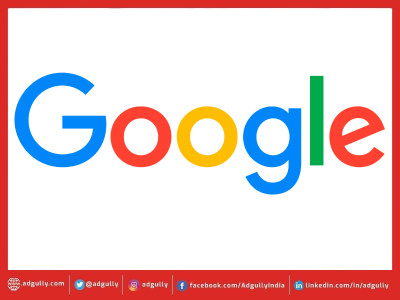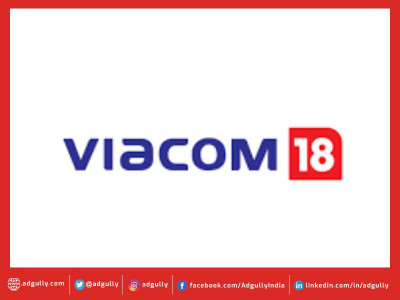Future of advertising lies with technologists & innovators: Rajiv Dingra
Advertising has always been the domain of the Art and Copy guys. These two functions have for very long held the industry together. In the last two decades, media agencies might have the big money and stronghold on client budgets, but the great work that gets talked about in the industry is still created by creative teams that host the art and copy folks.
Not too long ago Google added another term to art and copy, in terms of code and launched a site (https://www.artcopycode.com/) to showcase new age digital work in the field of advertising. Google knows a thing or two about the future of advertising as they run one of the largest online advertising businesses in the world. They also know a thing or two about technology and code as they own the most popular mobile OS platform in Android and are pushing VR through Google cardboard. They also recently they launched their AI messenger Allo, which showcases how they are thinking about the future of digital.
Clearly, the world of digital advertising is a dynamic one and while some people are still figuring out how to get better ROI from their Facebook ads, Facebook itself is moving ahead on the technology front with its investments in VR; like Oculus. As all technologies and innovations of AR, VR, Robotics, AI and so on are likely to have a deep and disruptive impact on consumers. And when consumer habits are disrupted, advertising needs to adapt quickly to both reach and engage those consumers.
Currently, there would be no clear numbers on the growth of new age technologies like Augmented Reality, Virtual Reality, AI or so on in India, but if we just look at where the big gun of digital advertising in Google and Facebook are investing their energies, it clearly looks like the future of advertising will be impacted by new age technologies in a big way.
One could argue that this is still many years away, but technology changes faster than you and me can catch up and one may say that for the next five years these technologies won’t be mainstream and that’s a plausible argument as well. But when one looks at 2025 and looks at the next decade or so in advertising, it’s difficult not imagining a complete overhaul of advertising the way we do it today.
Today, the idea and creative thought is all about the copy and design, but things are changing rapidly. Use of technology is becoming a key part of the way advertising is being thought. One of the Grand Prix winners at Cannes in this year was a campaign called the Next Rembrandt, which used 3D printing technology to recreate the artist Rembrandt’s styled painting if it was painted today. Could such examples become commonplace in the future? Where does that leave the importance of art and of copy in advertising?
These are tough questions to answer. But clearly the future of advertising is starting to get skewed towards the creative technologist or the innovators. Media reach has ensured that consumers can be bombarded with messages across devices, screens and places, but what media cannot buy is undivided consumer attention. For that, the idea has to be great. And with technological advances and innovations changing the way users consume content, the idea not only has to integrate with new age technology, but also have technology at its core.
We recently set up an innovation lab at WATConsult, wherein we started investing and creating innovations and projects around AR, VR and robotics. Within a few months we started seeing a remarkable change in the way our creative strategy team and our internal strategy team started thinking about ideas. The first instance was of integrating technology here and there. Where our strategy plan would have one or more idea around using AR or maybe use of a chatbot, etc. But soon ideas that have technology at heart started popping up.
What has been exciting is that these technologies are still at their nascent stages and yet the thinking impact they create when it comes to ideas is humungous! One can only imagine how they would redefine thinking once these technologies evolve to be more mass oriented and mainstream.
When that does happen, a creative technologist will be the need of the hour for every brand. And I would be betting my money that that future is not too far away.
(Rajiv Dingra is the Founder & CEO of WATConsult. He has been a social and digital media entrepreneur since 2007. He has consulted over 100+ brands and built WATConsult into a 250-people team across three cities.)













Share
Facebook
YouTube
Tweet
Twitter
LinkedIn